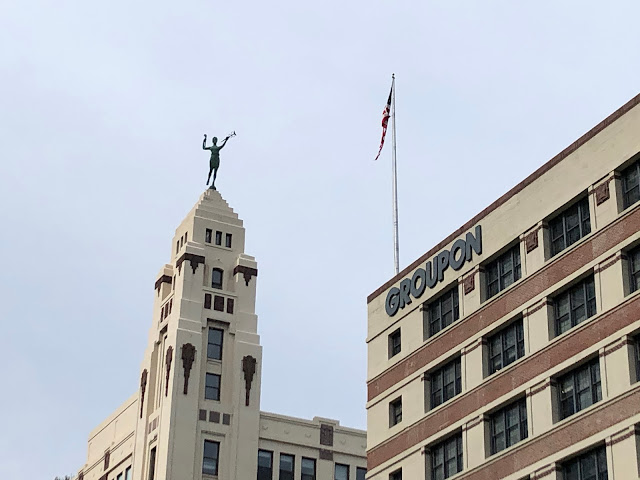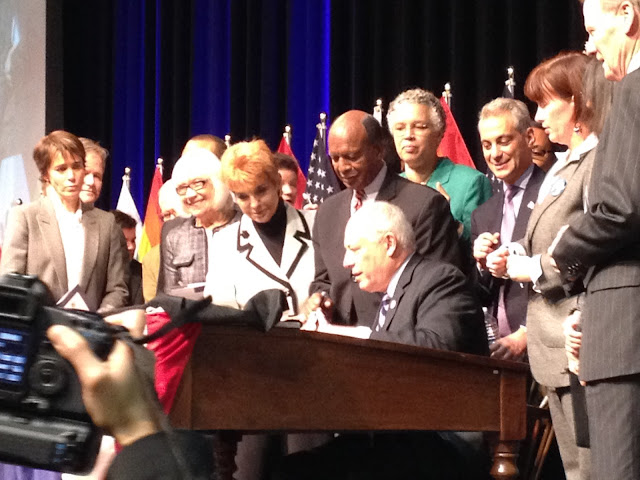Again with the dome.
Forgive me for lapsing into Yiddishkeit. But to see Mayor Lori Lightfoot drag out the dome will-o’-the-wisp, like a much-adored toddler’s blankie now worn to a nubbin, and wave it over her head, as if it were an original genius divination of her own — it taps into a well of deep Chicago nostalgia. It makes me want to set up a cart in Maxwell Street and start selling bottles of Professor Steinberg’s Amazing Old World Cure-All.
Because if people will buy the dome notion, they’ll buy anything.
For years, decades, well over half a century, the idea of putting a dome over Soldier Field, or building a vast domed sports complex nearby, has been dangled in front of the city’s eyes by whomever is currently parked on the 5th floor of City Hall, joined by anybody else with a dog in this race who can find their way to a podium.
In 1964, it was the general superintendent of the Chicago Park District, Erwin Weiner, observing it would cost $8 million to put a dome over Soldier Field (say it in a Dr. Evil voice: “Eight MILLION dollars!”) and transform the stadium into “a modern, all-purpose sports arena.”
The timing wasn’t accidental. In the early 1960s, Major League Baseball created two expansion teams. One became the New York Mets. The other was slated for Houston, provided they could build a covered stadium. (Which might confuse native Chicagoans. A dome? In Houston? Whatever for? It never snows there. Answer: the Texas weather was considered too hell-like for human beings to play sports in a venue that wasn’t air-conditioned.)
To continue reading, click here.
















